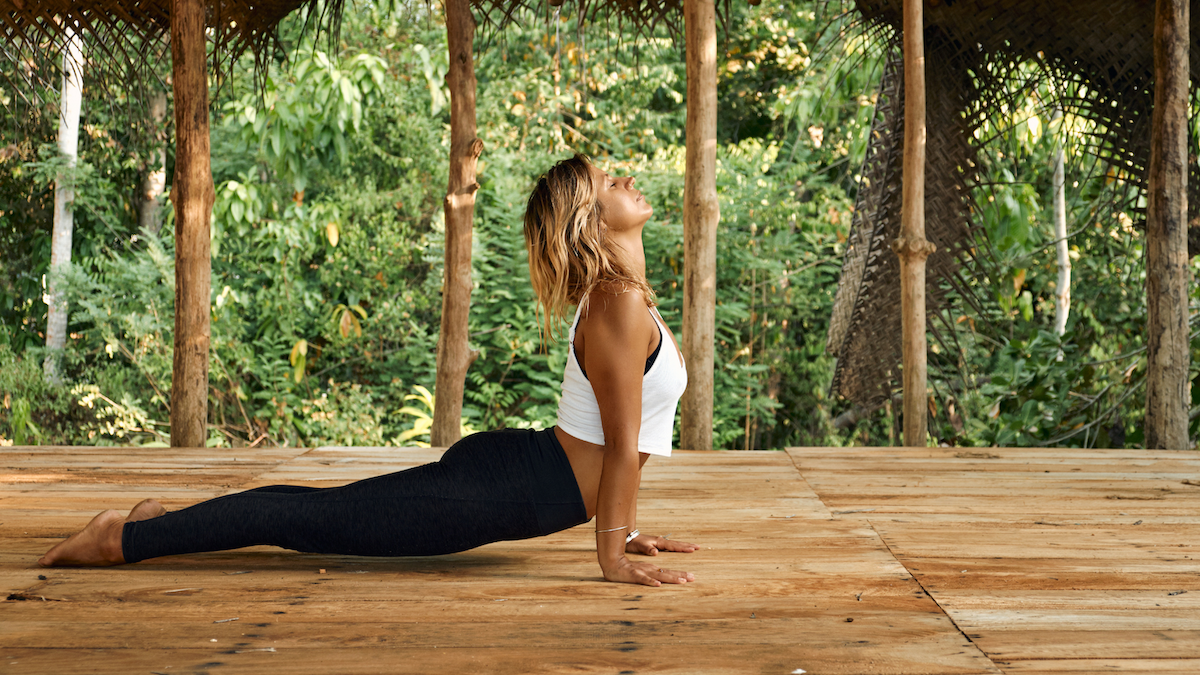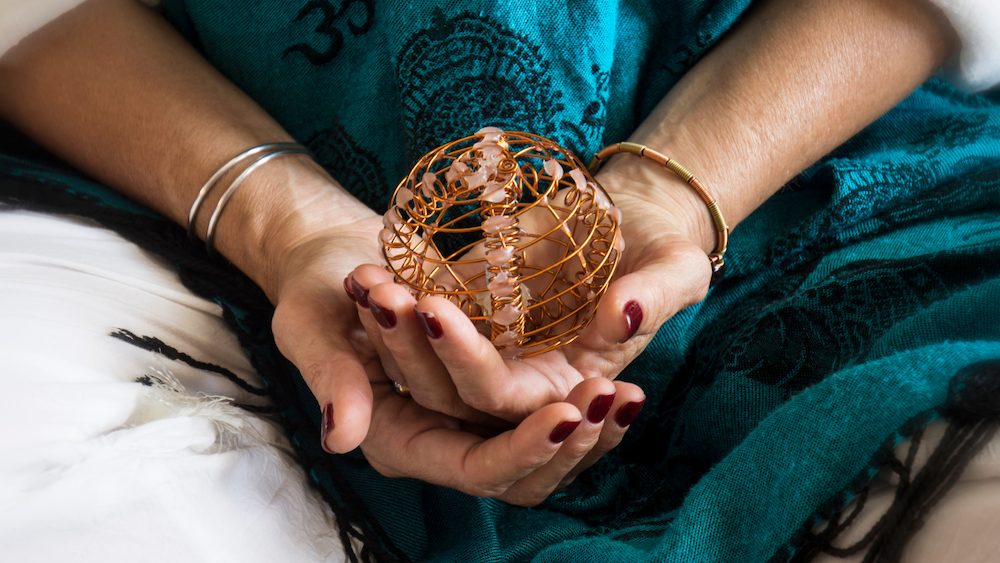Alleviating Fibromyalgia Symptoms Through Restorative Yoga

Introduction
Fibromyalgia is a troubling chronic illness that affects millions of people worldwide. Symptoms can include full-body pain, fatigue, headaches or migraines, depression, and memory or cognitive issues. Fibromyalgia doesn’t have a known cause, and there is no one way of diagnosing the condition. However, chronic stress, previous injury or illness, trauma, or family history can be contributing factors for developing it. While there is no cure for fibromyalgia, healthcare practitioners often recommend yoga and meditation to manage symptoms.
Restorative yoga, in particular, can be helpful because of how it can help regulate your nervous system, reduce inflammation in the body, reduce stress, and promote healing. Restorative yoga stimulates the parasympathetic nervous system (“rest and digest”) through conscious relaxation. Your heart rate and respiration rate slow down and blood flows from the limbs to the internal organs. Additionally, you become more in tune with the inner workings of your body and mind.
My approach
My name is Nicole, and I’ve been teaching yoga and meditation for the past eight years. I specialize in offering restorative yoga classes and workshops to help others experience the health benefits of deep, conscious relaxation. I expanded my studies into the science of healing, nervous system regulation, pain management and neuroplasticity to understand how the body can heal itself. I’ve worked with many clients over the years. By far, the ones who experience profound healing effects are those who commit to a regular Restorative Yoga practice.
Ashley’s Chronic Stress and Pain
I first met my client Ashley, while working at a local yoga studio. Ashley was new to yoga and had limited mobility due to having fibromyalgia. She was in near-constant pain and her condition had forced her to take a leave of absence from work. Basic daily tasks were painful and exhausting and she’d often be bedridden for days with migraines and body aches. Ashley’s physical pain was causing her to feel anxious and depressed about her future and living with a chronic condition. Desperate, Ashley sought out yoga to help manage her symptoms and regain some hope for her healing journey.
Managing Symptoms
Ashley and I worked together for several months, meeting at least twice per week. With each session, we’d assess how she was feeling that day and design a restorative yoga class around it. We focused on helping her find a sense of safety in her body through cues that promoted mindfulness – such as feeling the support of the floor beneath her, sensing where her body was in the room, and scanning highly specific areas in her body without attaching a judgment to whatever sensations arose.
We began each session in supta baddha konasana (reclined bound angle pose) to open up her chest and counteract the slumped-forward position of her shoulders and chest from being in pain, and to enable a deeper, slower breath. In this process, we used lots of props (such as bolsters, blankets and blocks) so Ashley could stretch without any physical exertion. Depending on her energy levels, Ashley did 3 or 4 more supported yoga postures like forward folds and reclined twists over each 60-minute session. After a few weeks, Ashley gained more confidence and we began to introduce gentle standing poses such as Warrior 1 and modified high lunge to help her develop some strength and balance.
Regaining Hope
Over time, Ashley reported that her pain flair-ups became less frequent and more manageable. This had a knock-on effect of her feeling more optimistic and joyful in her day-to-day life and much more compassionate towards herself for her experiences. I was so proud to see how much happier Ashley was and to hear her speak excitedly about her future.
Years later, Ashley reached out to me again. She wanted to share all the positive changes that she had made in her life since we had worked together. Though she still has fibromyalgia, yoga helped her develope a toolbox of supports that she can pull from to manage her symptoms. Whenever she has a flair-up, she returns to a guided meditation practice that we used to do together, and it helps her get through it. She continued her yoga practice. She also shared that our time together inspired her to study meditation to become a meditation teacher. Also, she has hopes of helping others who have chronic illness find compassionate ways to manage their symptoms and enjoy life too.
Nicole Catenazzi, yoga teacher (ERYT-200, RYT-500, YACEP)


Leave a Reply
You must be logged in to post a comment.